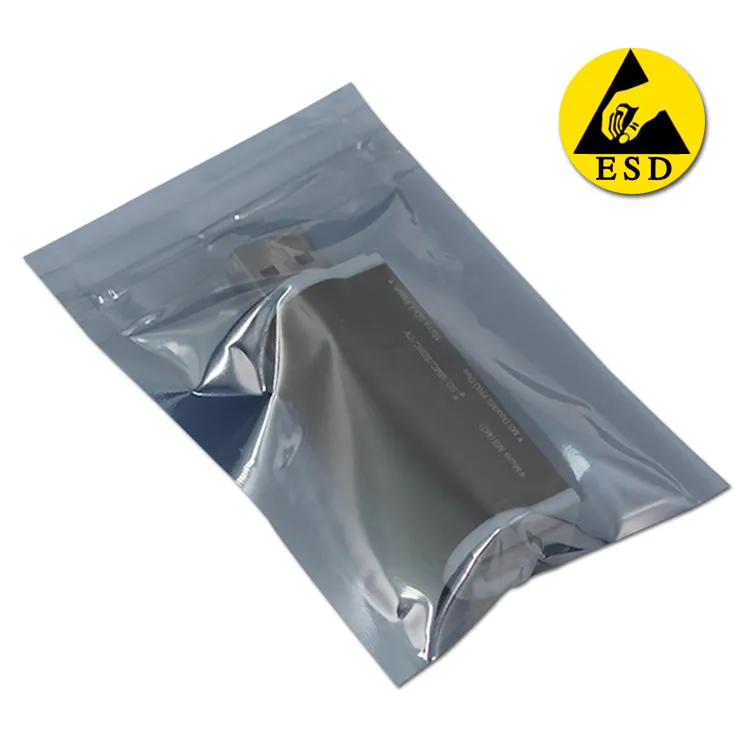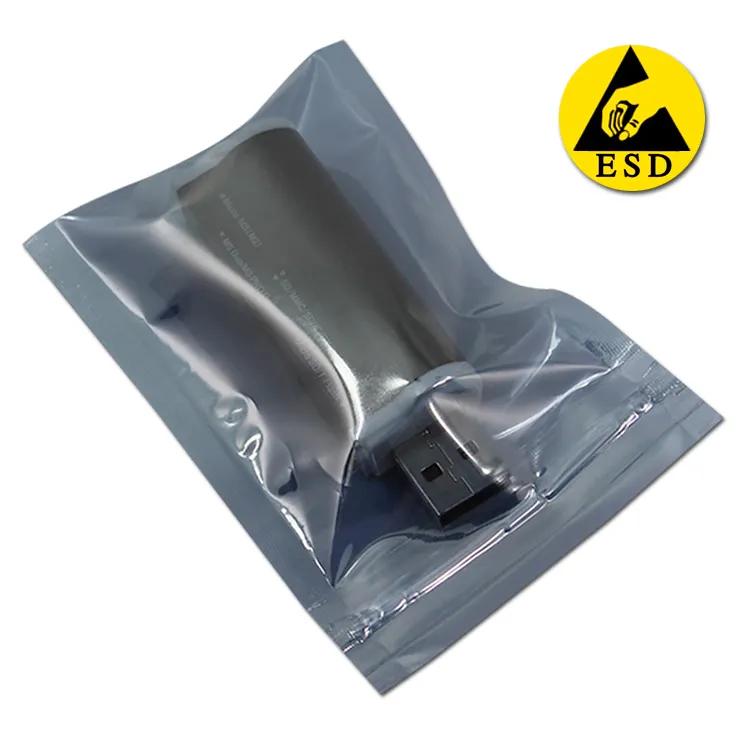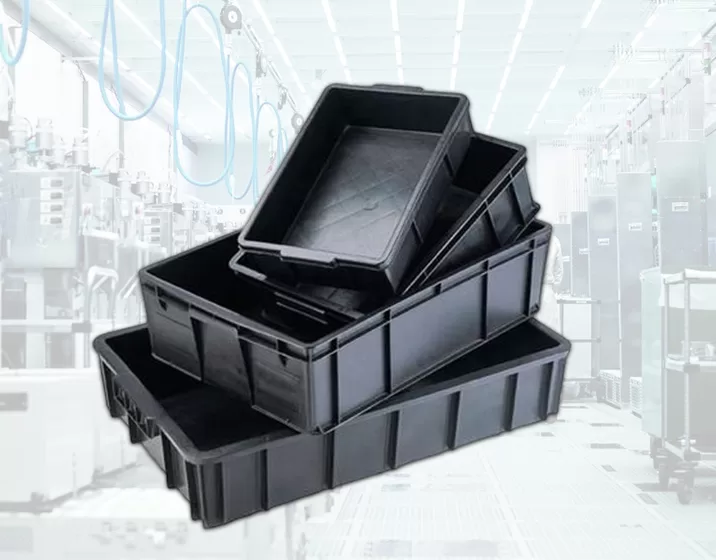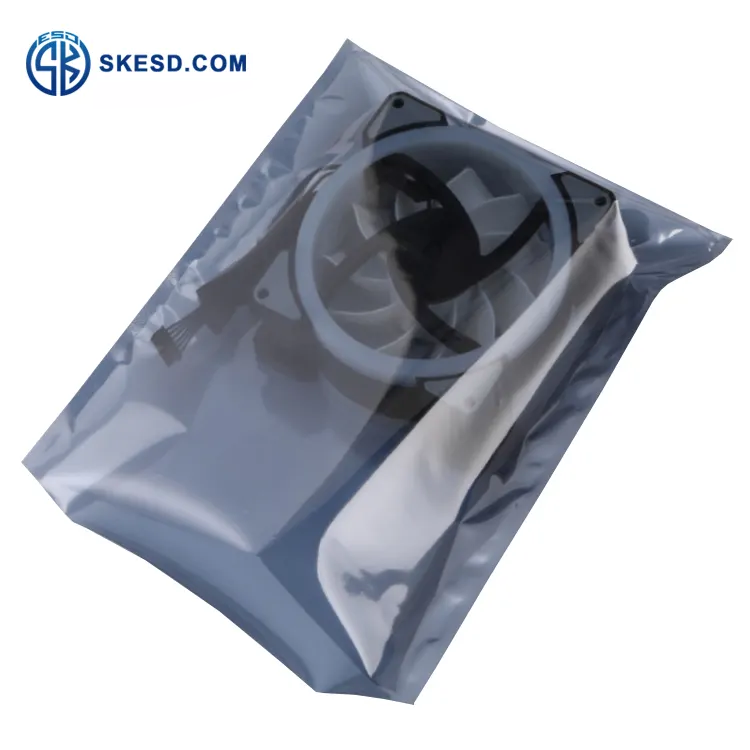The ESD shielding bag is a remarkable solution that provides an effective barrier against ESD, ensuring the safety and integrity of your valuable electronics. In this article, we will delve into the details of ESD shielding bags, their importance, and how they work to protect your electronics from potential damage.
What is an ESD Shielding Bag?

An ESD shielding bag, also referred to as an antistatic bag, is a specialized packaging material designed to shield electronic components and devices from ESD. These bags are constructed using multiple layers of materials that possess conductive and dissipative properties. The combination of these layers creates a protective barrier that prevents the buildup and discharge of static electricity, safeguarding the sensitive electronic components contained within.
How Do ESD Shielding Bags Work?
ESD shielding bags rely on a combination of materials and design features to effectively protect electronics from ESD. The key components and mechanisms of ESD shielding bags are as follows:
1. Metallic Shielding Layer
ESD shielding bags feature a metallic layer, usually made of aluminum, that acts as a shield against electrostatic fields. This layer creates a Faraday cage effect, effectively diverting and dissipating external electrostatic charges. The metallic shielding layer ensures that the enclosed electronics remain protected from ESD-induced damage.
2. Dissipative Inner Layers
The inner layers of ESD shielding bags are made from dissipative materials that prevent the buildup of static charges on the surface of the enclosed electronic devices. These materials have a controlled level of conductivity, allowing any static charges generated by the device to dissipate gradually. The dissipative inner layers contribute to maintaining a neutral electrostatic environment within the bag.
3. Static Dissipative Seal
ESD shielding bags have a specialized seal that provides a static dissipative pathway. This seal allows any static charges present on the bag itself to be safely discharged to a grounded surface when the bag is properly handled or opened. The static dissipative seal ensures that the ESD shielding bag remains effective and ready for reuse.

FAQs about ESD Shielding Bags
1. Can ESD shielding bags be reused?
Yes, most ESD shielding bags are reusable, depending on their condition and compliance with the manufacturer’s guidelines. Proper handling, storage, and care are essential to maintain the effectiveness of ESD shielding bags over time.
2. Can ESD shielding bags protect against all types of ESD events?
ESD shielding bags offer effective protection against common ESD events encountered in typical environments. However, extreme discharge events, such as direct lightning strikes, can exceed the capabilities of ESD shielding bags. In such cases, additional protective measures, such as surge protectors and grounding systems, are necessary.
3. Are ESD shielding bags suitable for all electronic devices?
ESD shielding bags are suitable for a wide range of electronic devices, including circuit boards, semiconductors, integrated circuits, and more. However, it’s essential to select the appropriate size and type of ESD shielding bag based on the dimensions and sensitivity of the electronic device you intend to protect.
4. Can ESD shielding bags replace other ESD protective measures?
ESD shielding bags are a crucial component of an overall ESD protection plan. While they provide effective protection during handling, transportation, and storage, other ESD protective measures, such as grounding straps, conductive mats, and wristbands, may be necessary depending on the specific circumstances and requirements.
continue reading




